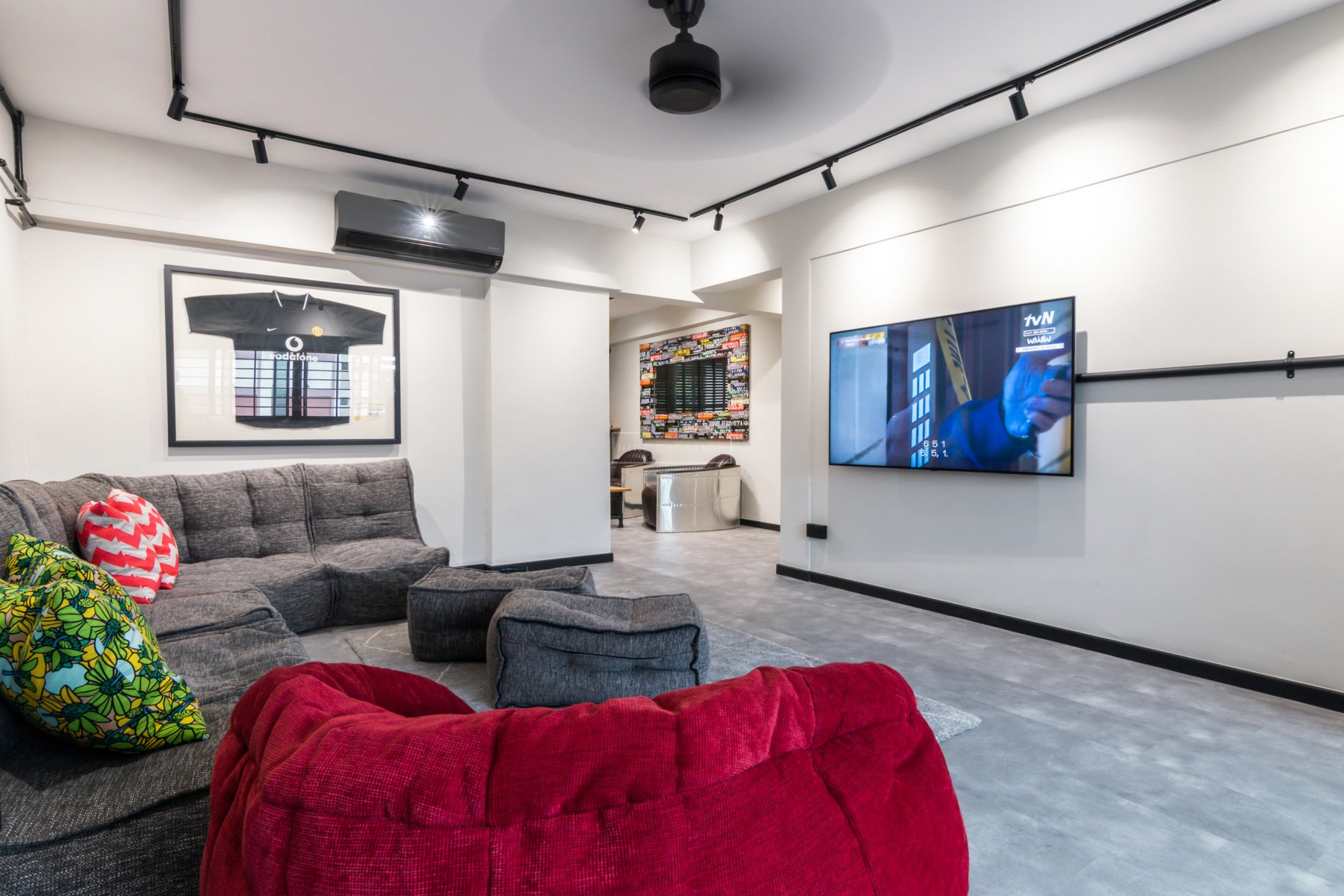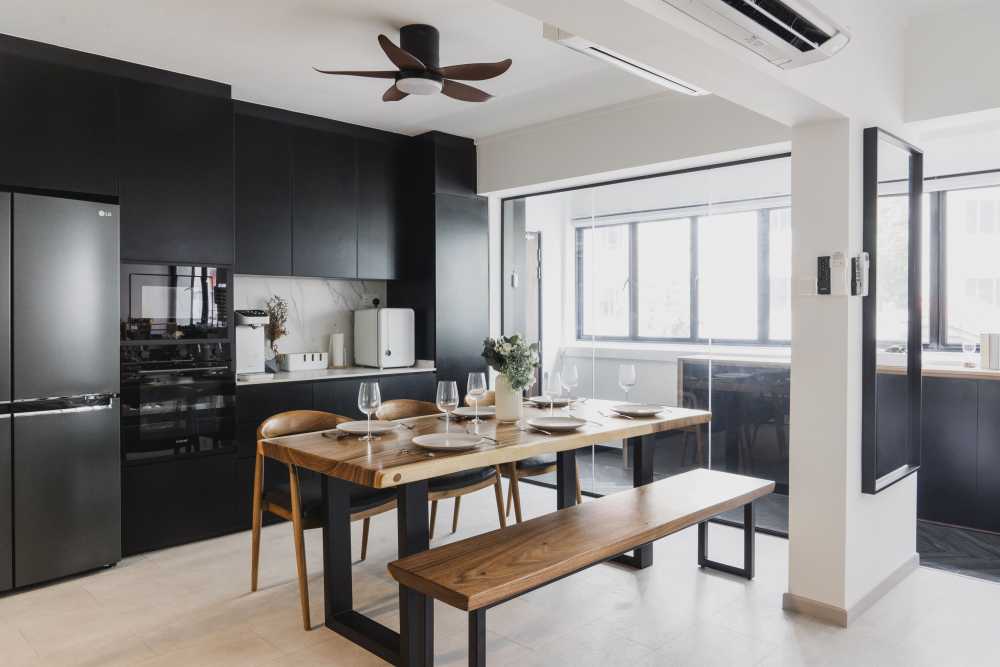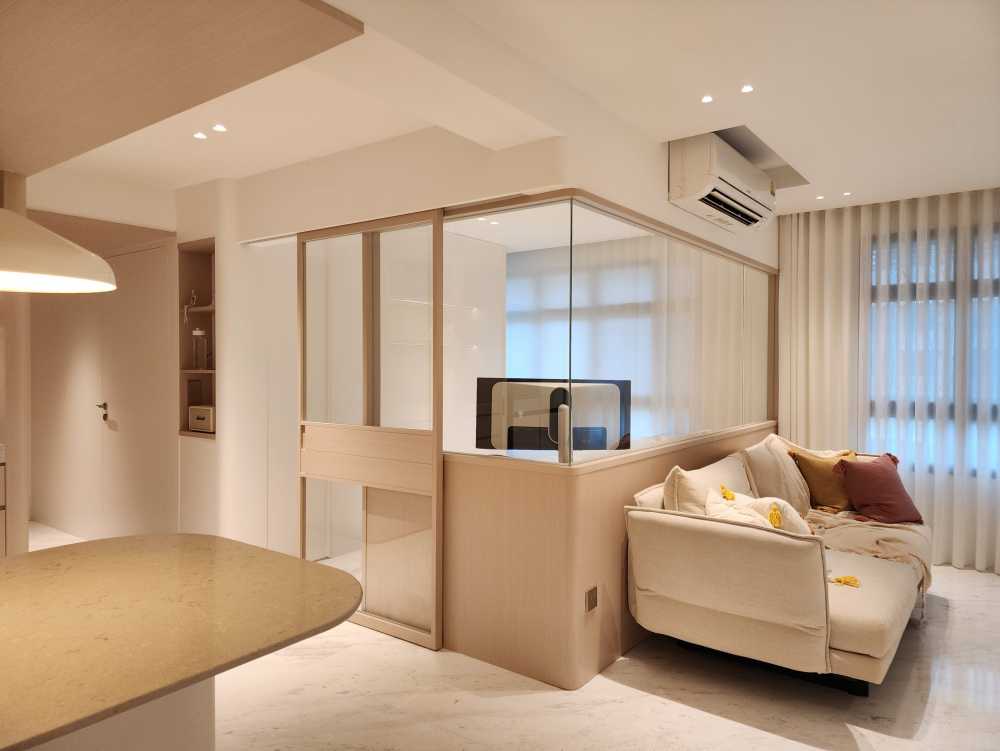Dryer vs Steigen vs Laundry Rack: Which To Choose?
Doing laundry is an essential part of every household routine, but it becomes a bit more challenging when you live in a place like sunny Singapore.
With its tropical climate and high humidity levels, finding the right laundry drying method is crucial to avoid damp and musty clothes.
In this article, we’ll explore three popular options for drying clothes: the trusty laundry rack, the convenient dryer and the innovative Steigen automated laundry system.
Let’s dive in and find the best fit for your laundry needs!
Thing to consider when choosing your laundry drying method
Before we jump into the specifics, let’s talk about how to choose the best laundry drying method for your lifestyle. There are a few factors to consider:
- Budget constraints and cost-effectiveness
- Household size and laundry volume
- Available space and storage
- Environmental impact and energy efficiency
Budget constraints and cost-effectiveness
Firstly, budget is a key factor to keep in mind when choosing your laundry drying method.
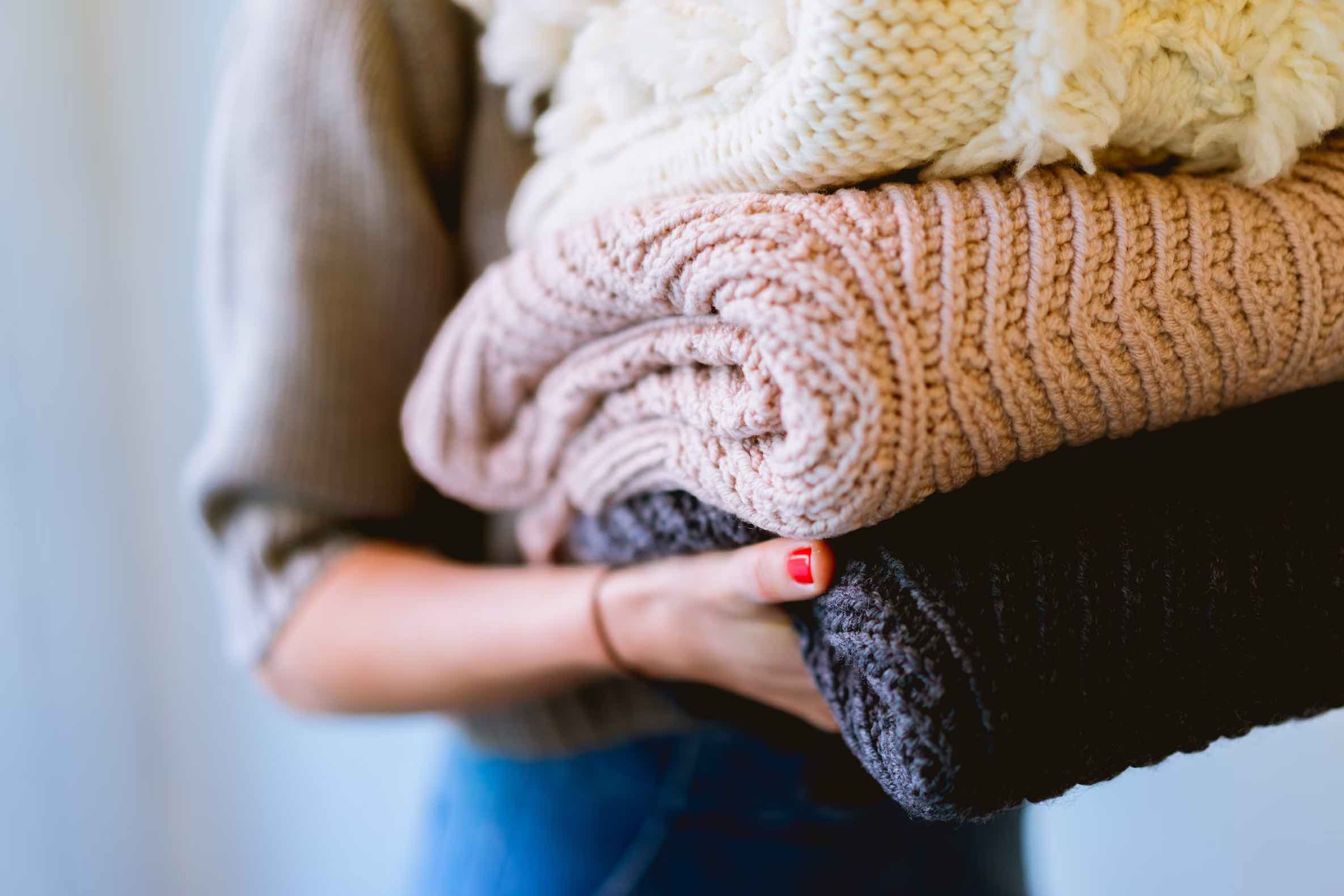

Obviously, dryers and Steigen systems have higher upfront costs, while laundry racks are (significantly) cheaper.
It all boils down to whether you’re willing to invest in a dryer or Steigen upfront, in return for the amount of time you save in drying your clothes.
Now, you might be wondering, on top of the upfront costs you incur in purchasing a dryer or Steigen, how much energy costs do you incur when you’re doing your laundry each week?
Firstly, dryers utilize electricity to generate heat and circulate hot air, which can contribute to higher energy bills, especially with frequent use.
The energy consumption of a dryer (and its resulting electricity bill) depends on several factors, including its size, capacity, and drying settings. Larger dryers tend to consume more energy, as they require more power to heat a greater volume of air.
As of the time of publishing, the electricity tariff in Singapore is 27.74 cents per kWh.
Assuming your dryer uses 5 kWh and it takes one hour for you to dry your clothes every time you run your dryer, this means it costs approximately $1.39 to power your dryer for a single cycle.
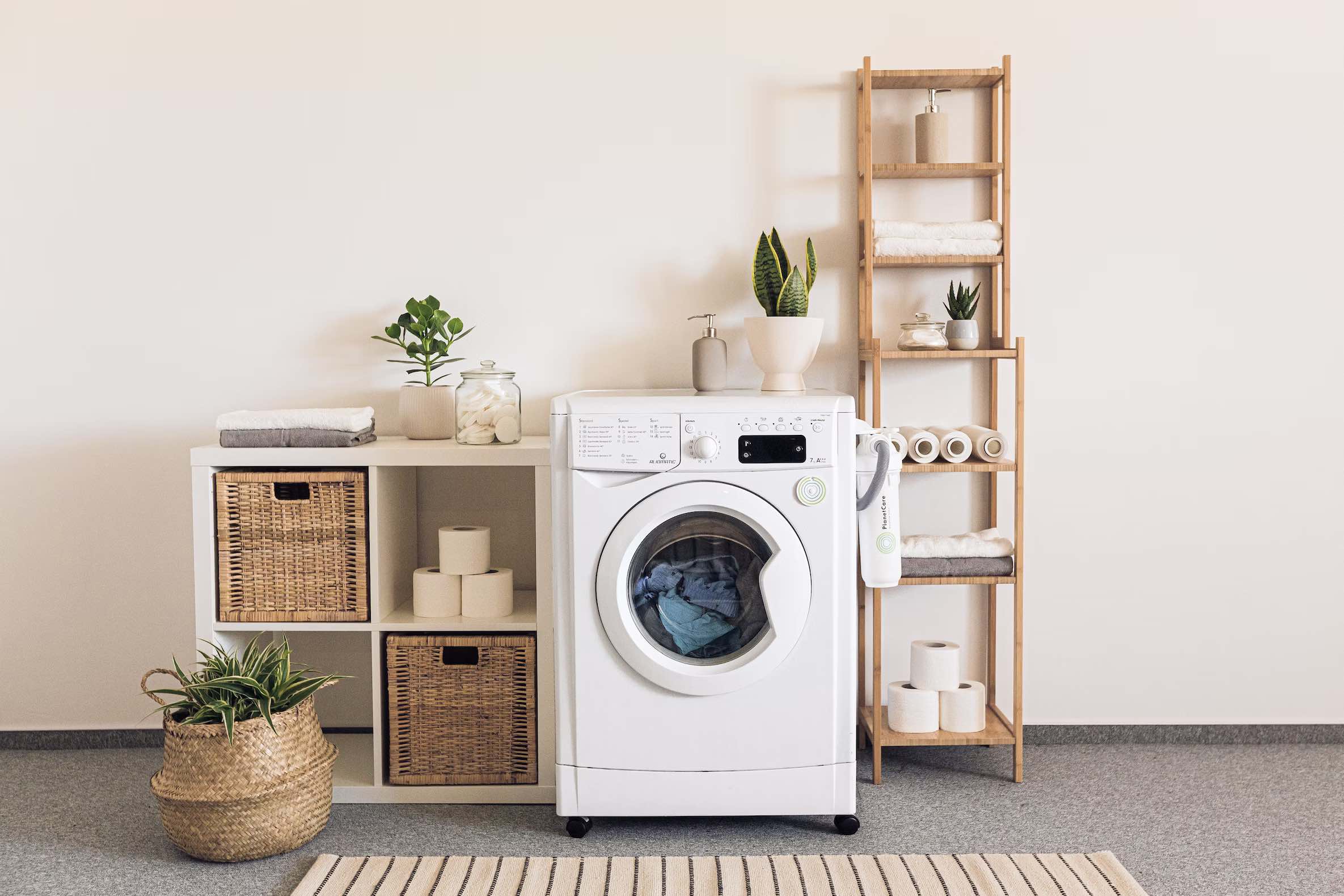

As for Steigen systems, these utilize innovative technology to ensure optimal drying with minimal energy consumption.
According to Steigen’s website, the Solar Drying function consumes only 0.72 kWh, which is significantly less than the usage of a conventional dryer.
However, note that you do take longer to dry your clothes with a Steigen system as compared to with a dryer.
Most dryers take an hour to dry a load of clothes – as compared to this, Steigen’s Solar Drying cycles are pre-set at 3 hours long (the average amount of time needed to dry a load of washing).
This means it costs approximately $0.60 cents to power your Steigen for a single drying cycle.
This is still cheaper than using a dryer, but not as cheap as you would expect if you were to just look at the Steigen’s drastically lower energy consumption, without factoring in the longer drying time!
Household size and laundry volume
If you have a large family with loads of laundry to do, a high-capacity dryer or Steigen system could be a time-saving blessing.
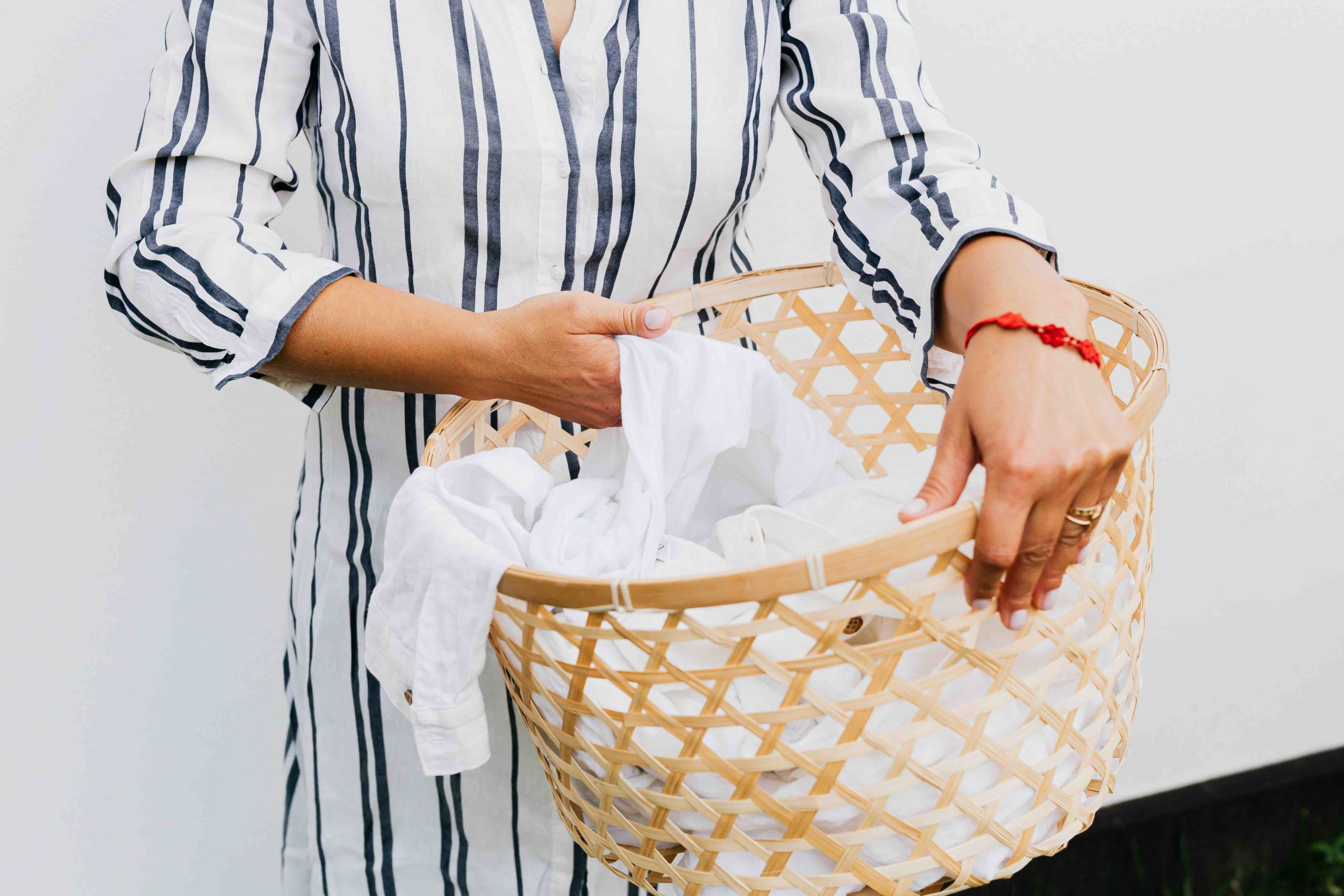

Large families often face a never-ending pile of laundry, with clothes seemingly multiplying by the hour.
In such cases, investing in a dryer or Steigen system with a high capacity becomes highly beneficial.
These machines can handle larger laundry loads efficiently, allowing you to dry multiple batches of clothes quickly without compromising on the quality of the drying process.
On the other hand, if you have a smaller household and do laundry in manageable amounts, a laundry rack might be more practical.
Smaller families or individuals living alone may find that they don’t generate as much laundry as larger households.
In such cases, investing in a dryer or Steigen system with a high capacity might not be necessary and could lead to wasted energy and space.
Available space and storage
The space you have available for laundry drying plays a crucial role in determining the most suitable drying method for your home.
Dryers and Steigen systems typically require a dedicated space within your laundry area or utility room. These appliances come in various sizes, and you’ll need to ensure you have enough room to accommodate them comfortably.
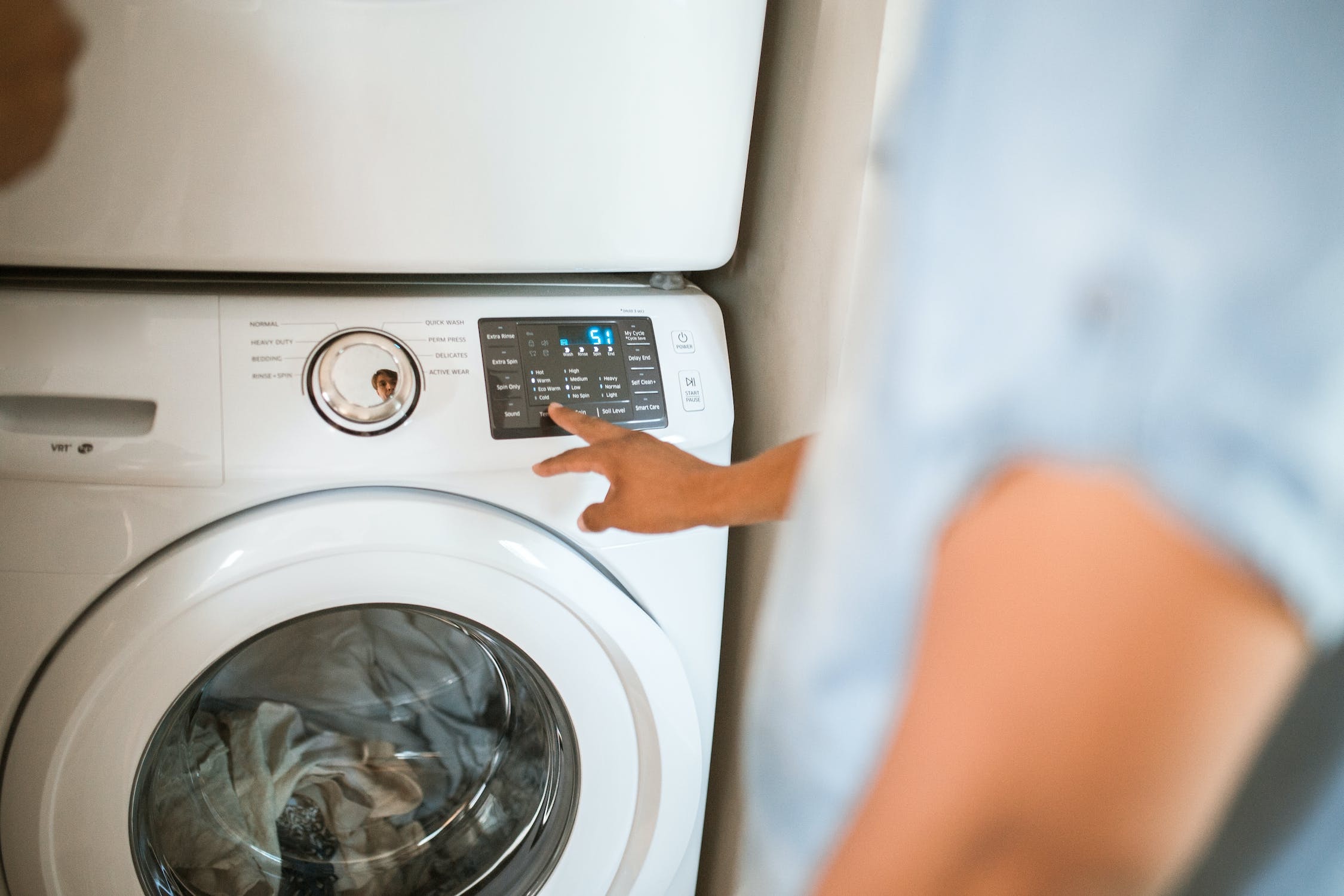

It’s essential to measure the dimensions of the chosen dryer or Steigen system and confirm that it fits within your designated space.
For homeowners with ample laundry space or a utility room, installing a dryer or Steigen system can be a seamless process.
These machines become a permanent fixture in your laundry routine, ensuring efficient and hassle-free drying whenever you need it.
However, for those living in smaller apartments or homes with limited laundry space, a dryer or Steigen system might not be the most practical choice.
In such cases, a laundry rack becomes a flexible and space-saving alternative.
The beauty of laundry racks lies in their foldable design, allowing you to easily collapse and store them away when not in use. This feature is especially beneficial for compact living spaces where maximizing space is crucial.
Also, laundry racks can be set up in various locations around your home, whether it’s on a balcony, in a spare room, or even in the bathroom in a pinch.
Since they are lightweight and portable, you have the freedom to move them to different spots as needed.
This versatility ensures that your laundry rack doesn’t take up valuable space when you’re not actively drying clothes.
Environmental impact and energy efficiency
Singaporeans are becoming more conscious of environmental issues, and rightly so.
If you’re looking to reduce your carbon footprint, laundry racks stand as the clear eco-champion among the three drying methods.
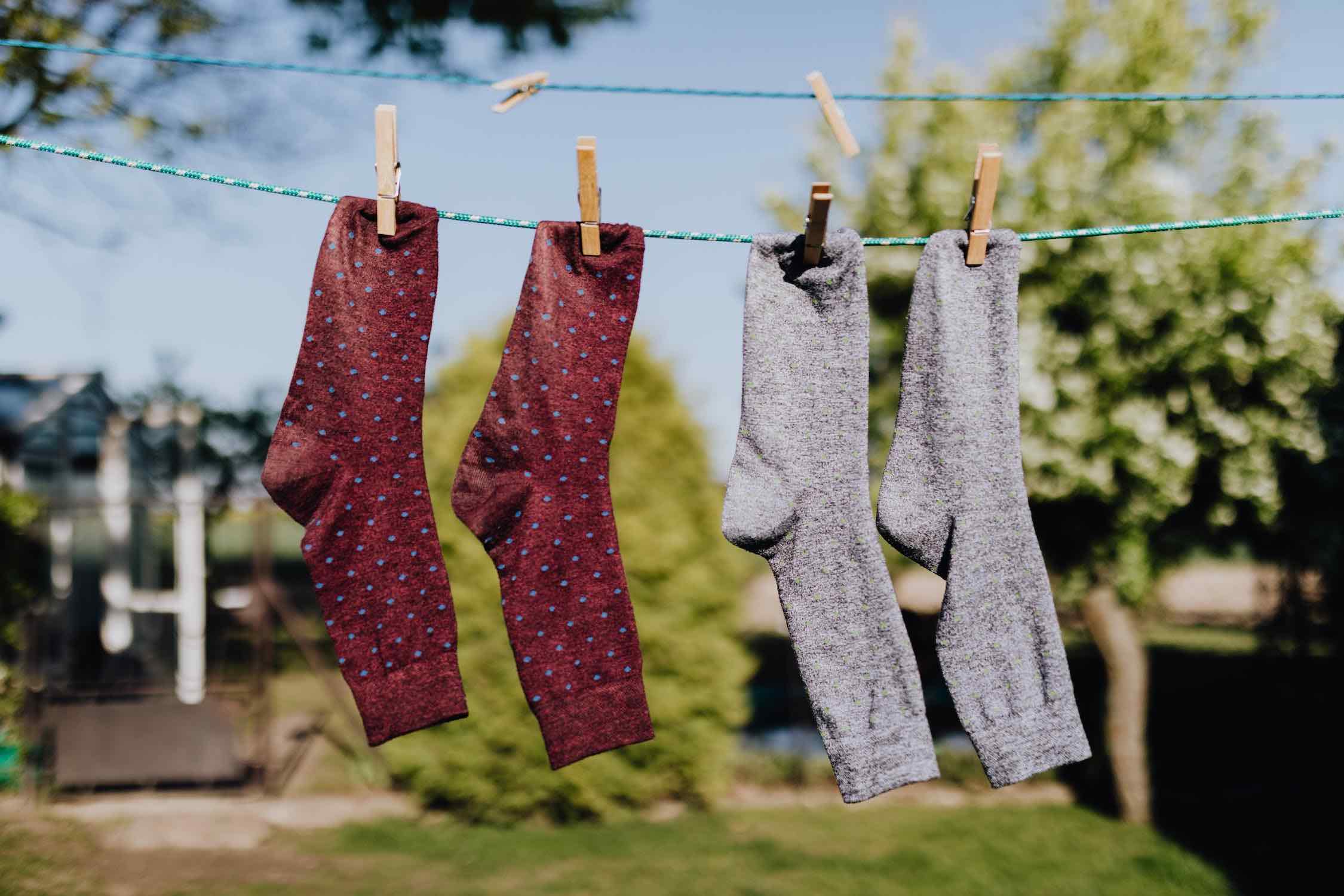

Laundry racks have zero energy consumption, making them a more environmentally friendly and sustainable option as compared to dryers and Steigen systems.
Steigen systems, with their energy-efficient design, come in second place regarding environmental impact.
While they consume some electricity for their automated drying process, they are specifically engineered to minimize energy usage.
Steigen systems leverage innovative technology, such as heat pump technology and efficient airflow, to dry clothes effectively with reduced energy consumption.
Finally, dryers rank last in terms of eco-friendliness.
Although they offer unmatched convenience and rapid drying times, their high energy consumption puts them at odds with the green movement.
Now that we’ve talked through the factors to keep in mind when choosing a drying method, we’ll explain a bit more about your three options – laundry racks, dryers, and Steigen systems.
Option 1: Laundry rack
Ah, the classic laundry rack—the staple of every laundry corner.
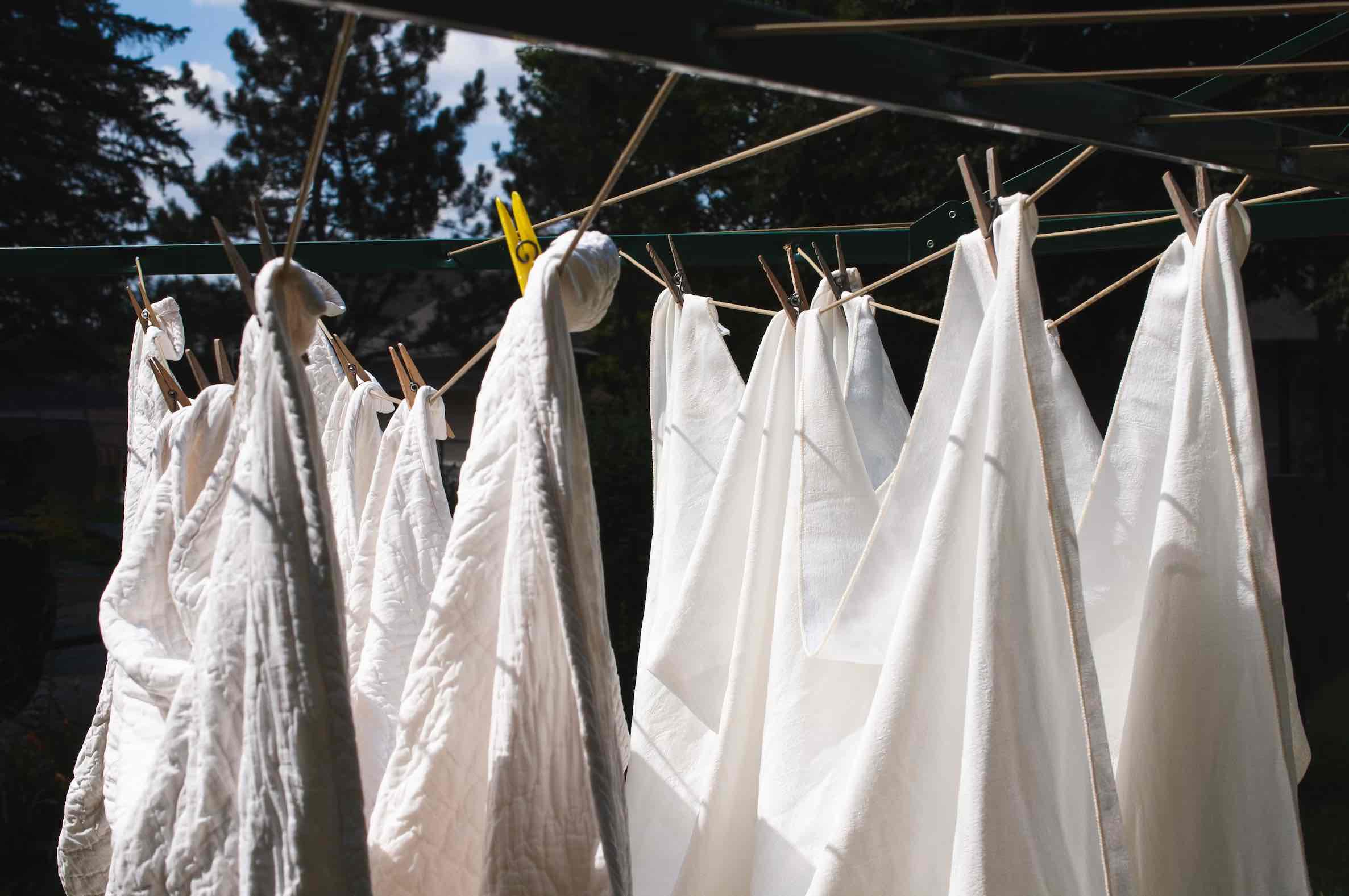

These racks are simple, cost-effective, and easily available.
They work well for lightweight and delicate fabrics that need gentle drying.
And while they may take longer to dry clothes due to their reliance on natural air and sunlight, they are excellent for energy conservation.
Advantages of using a laundry rack in Singapore’s climate:
- Cost-effective and accessible to all households
- Eco-friendly option with no energy consumption
- Suitable for delicate fabrics that can be damaged by high heat from dryers
- Less wrinkles!
One point we’d like to call out here – what people don’t realize is that when you use a dryer, this results in wrinkled, crumpled clothes that then need to be ironed.
When you hang your clothes up to dry, however, they tend to have less wrinkles. Depending on the fabric, you may be able to get away with just steaming your clothes instead of ironing them, or not doing anything to them at all.
Limitations of laundry racks:
- Longer drying times due to weather dependence, especially during the rainy season.
- Vulnerable to rain and high humidity, which may lead to damp clothes.
Option 2: Dryer
If convenience and time-saving are high on your priority list, a dryer might be your best bet.
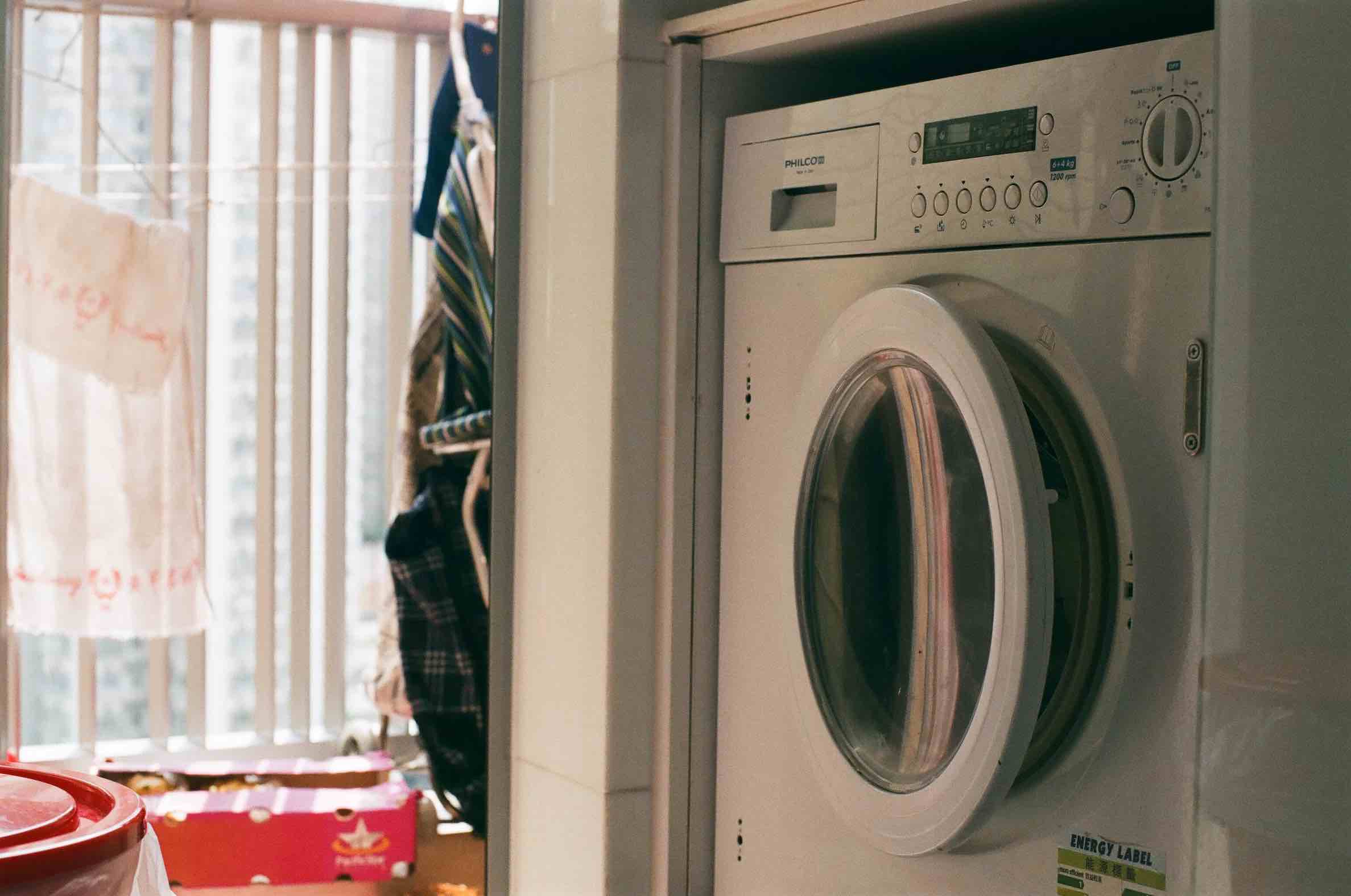

Advantages of using a dryer in Singapore’s climate:
- Faster drying times, regardless of weather conditions.
- No need to rely on sunlight or air, making it a great solution for unpredictable weather.
Limitations of dryers:
- Dryers consume more energy, leading to higher electricity costs.
- Some delicate fabrics might be better suited for traditional laundry racks.
Electric dryers come in two main types: standalone dryers and washer/dryer combo machines.
So, if you’re thinking of getting a dryer, the question is then: should you purchase a standalone dryer, or a combination washer+dryer?
The answer is… it depends! Both types come with their own advantages.
Washer/dryer combo machines save space and eliminate the need to transfer laundry from one machine to another.
If you live in a compact apartment and don’t want to have to carve out space for yet another appliance, then getting a combination washer/dryer might be a good idea.
That said, standalone dryers are powerful and can handle larger loads.
These are built specifically for drying, so they tend to be highly efficient in their operation, allowing you to dry a substantial amount of laundry in a single cycle.
If you have a big family that generates plenty of laundry, standalone dryers may be a better fit for you.
Option 3: Steigen
Steigen is all the rage these days – out of 10 home tour videos that we see on YouTube, perhaps 8 of them have Steigen systems in their service yard or balconies.
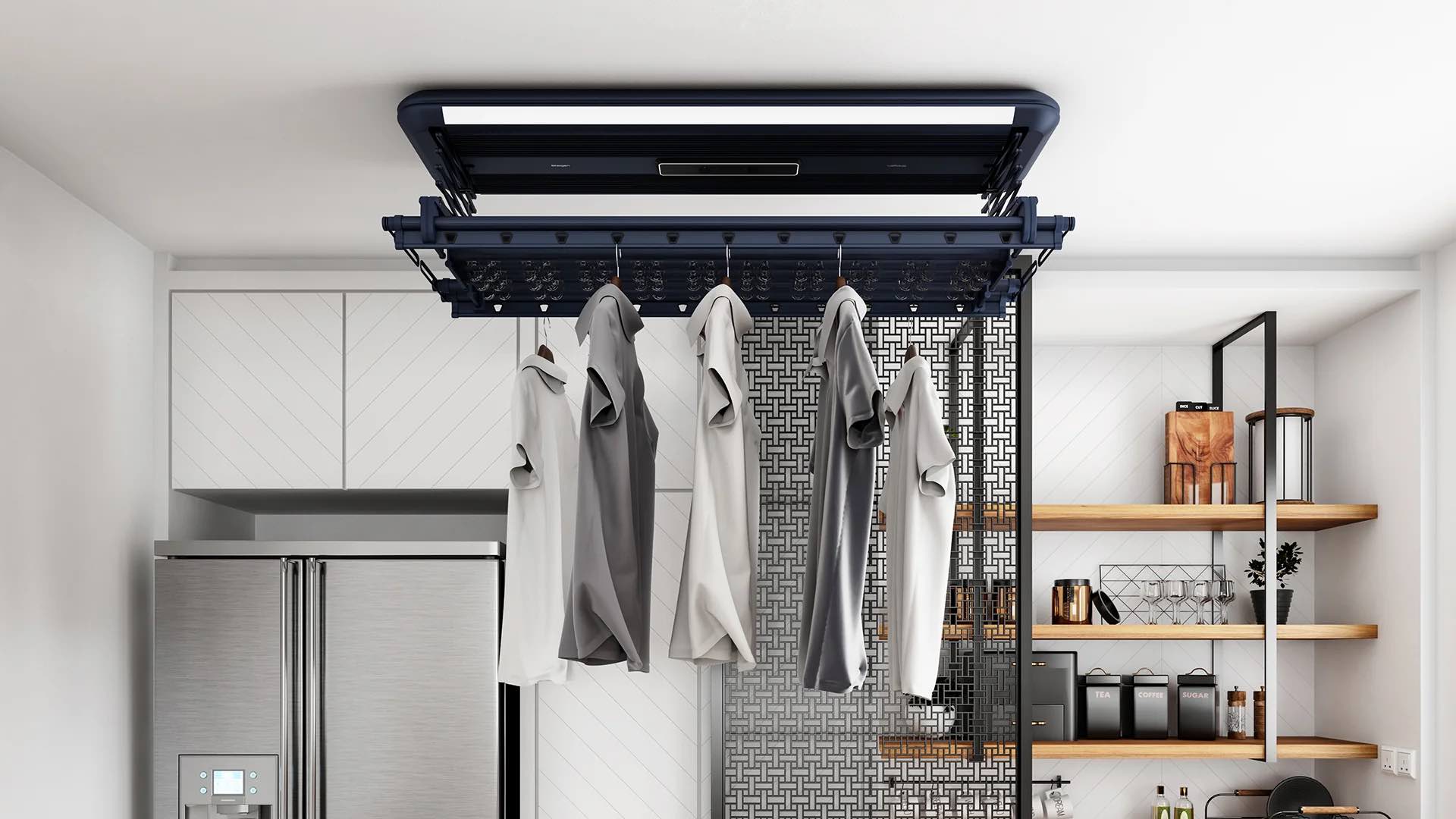

What exactly is Steigen?
It’s an automated laundry system consisting of retractable laundry racks that can be electronically raised and lowered.
When not in use, the racks can be lifted to the ceiling or a higher position, freeing up valuable floor space. This feature allows homeowners to utilize their laundry areas for other purposes when drying clothes is not needed.
Most Steigen models also come with programmable settings and efficient drying modes. This lets users adjust the drying time and temperature according to their preferences and the fabric types they are drying, ensuring that clothes are dried gently and effectively.
Advantages of using a Steigen in Singapore’s climate:
- Energy-efficient drying with lower energy consumption than traditional dryers.
- Space-saving design, perfect for compact homes and limited laundry spaces.
- Protection from rain and humidity, preventing clothes from getting damp.
Limitations of Steigen systems:
- Higher upfront cost compared to traditional laundry racks.
- Size limitations based on which model you get (for example, the Solar Mini can only hold queen sized bedsheets – it can’t hold king sized bedsheets)
Note that Steigen’s basic model (the Flexi, priced at $799) does not come with solar heat drying or a circulator blower.
If you purchase the basic model, you’re essentially just getting a laundry rack that can be electronically raised or lowered – there is no heating element, and you will need to rely on the natural outdoor breeze to dry your clothes.
In order to get the solar heat drying feature, you’ll need to purchase the Solar Mini, Solar Sonic, or Solar Pro. Prices range from $899 to $1,299 at the time of publishing).
Option 4: Combining drying methods
For the best of both worlds (and if your budget and space permits), consider using multiple drying methods.
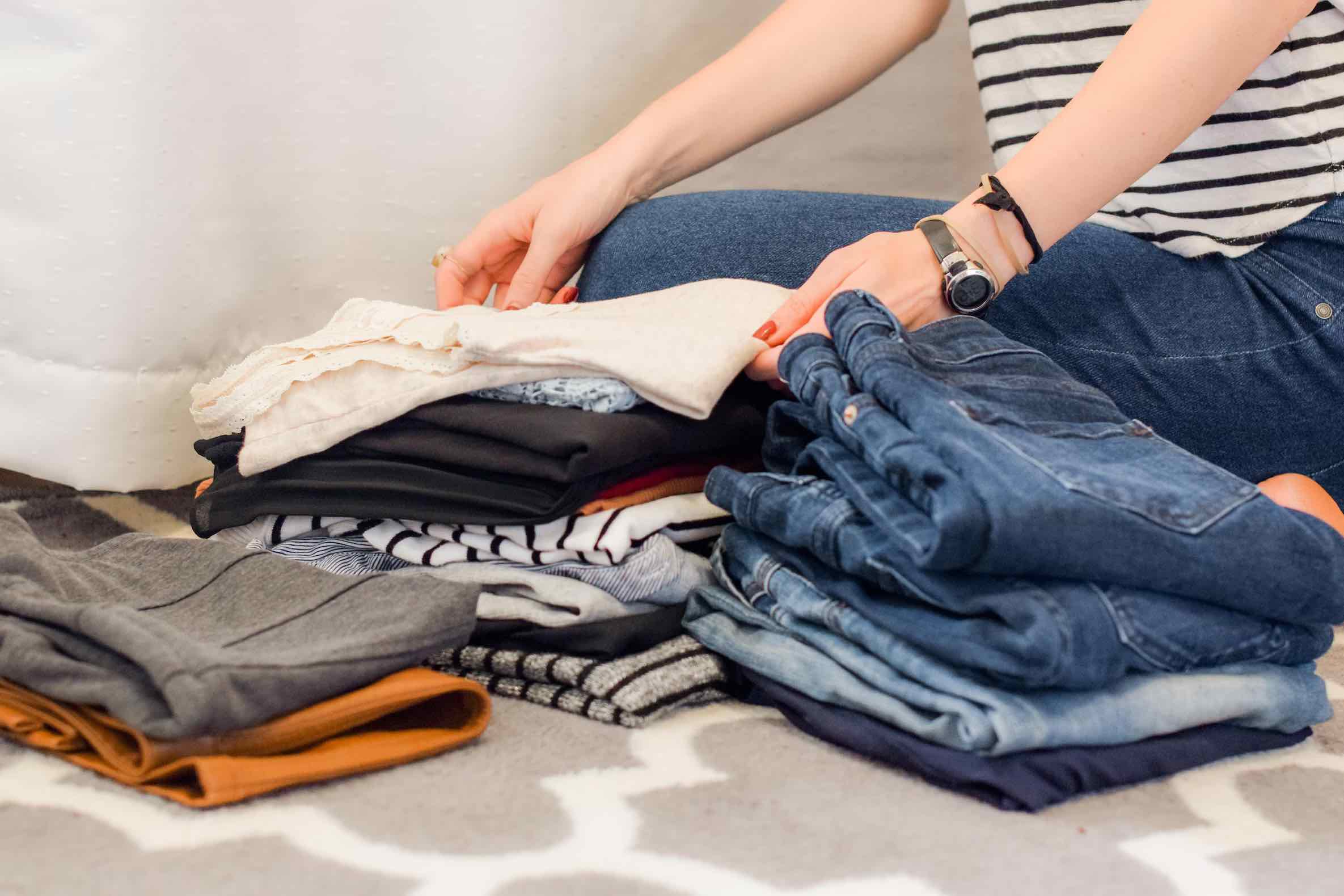

For example, you might use a laundry rack 80% of the time, and use a dryer as a backup option on those weeks where it’s raining non stop.
Alternatively, you might opt for a dryer as your primary drying method if time-saving convenience is a top priority for you.
While the dryer is your go-to drying method, you can still keep a laundry rack on standby for occasional use.
This lets you rely on the laundry rack as a secondary option for more delicate fabrics or clothing items that are better suited for air drying.
A final word on choosing your laundry system
Choosing the right laundry drying method for Singapore’s climate requires thoughtful consideration.
Whether you opt for the budget-friendly laundry rack, the convenient dryer, or the innovative Steigen system, each option has its merits and limitations.
Assess your household’s needs and preferences, weigh the pros and cons, and find the perfect drying solution that keeps your clothes fresh, dry, and ready to wear!
Remember, it’s not just about drying clothes; it’s about making laundry day a breeze (or less painful, at the very least). Happy drying!
Want to check out home renovation projects for more inspiration? Browse interior design ideas on Hometrust, or click the button below to get connected with expert designers!
Renovating soon? Let Hometrust recommend the best interior designers.
If you are reading this, you are probably wondering how you can create your dream home.
Here’s the thing, everyone’s needs and requirements for their home renovation is different. A designer that may work for someone else, may not quite work for you.
At Hometrust, we’re here to help match top rated designers, recommended by past homeowners to you through our data-driven and matching algorithm.
Whether you are looking for partial renovation or a full fledge overhaul, we’ll be able to recommend you top designers to match your renovation requirements and lifestyle.
Recommendations and free and you can simply start by helping us understand your needs below!
Get RecommendationsRenovate safe!
The Hometrust Team


